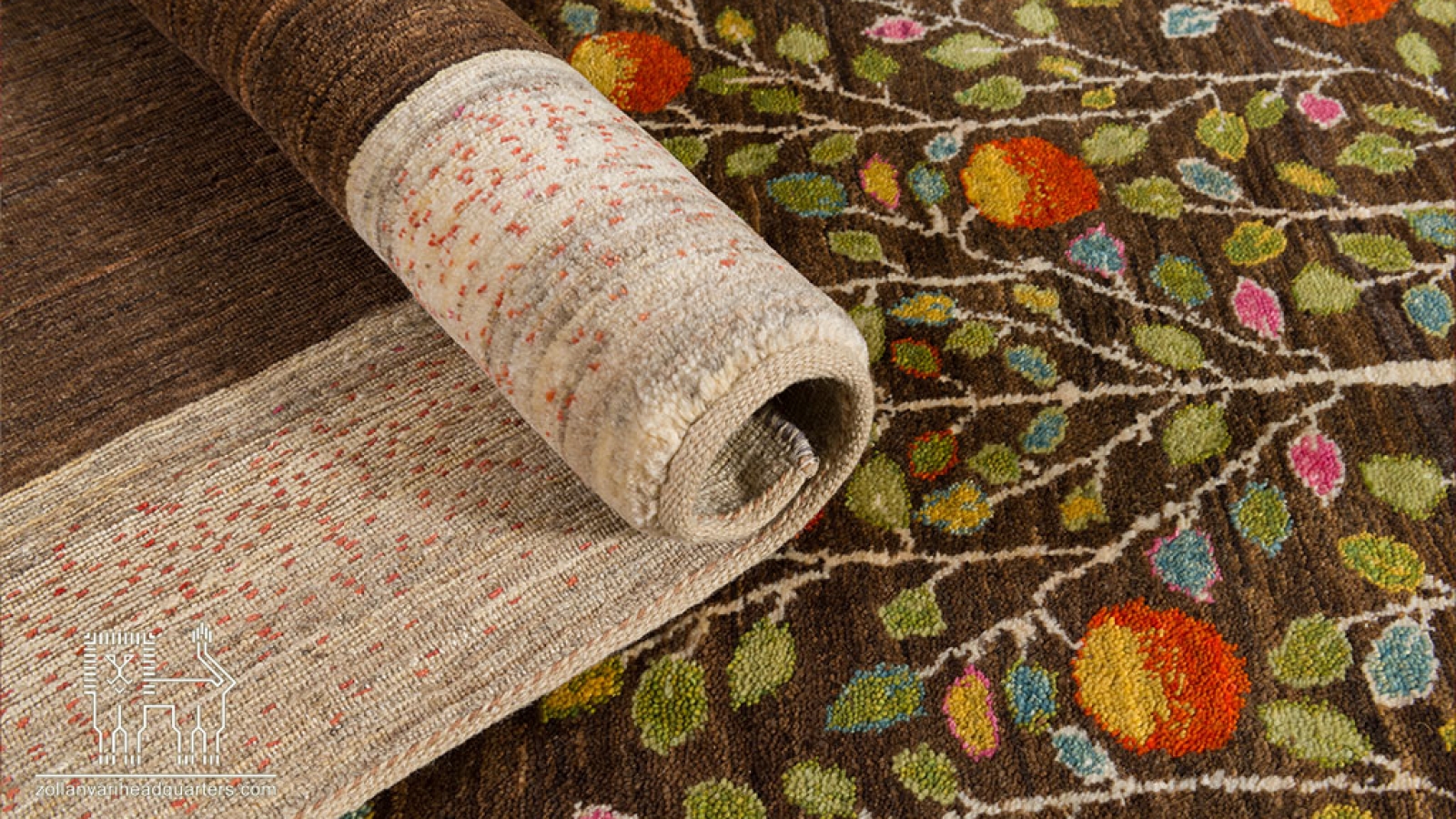Suitable Carpet for Commercial Spaces
Choosing the right carpet for residential spaces is one of the most important steps in interior design, which can greatly impact the beauty, comfort, and functionality of the home environment. A carpet not only acts as a decorative element but also provides softness underfoot, sound and thermal insulation, and creates a focal point in the space. In this content from Zollanvari, we examine the essential features of residential carpets and the factors influencing their selection, offering practical tips to guide you in making an informed and smart purchase.
Important Features of Carpets in Residential Spaces
Before being recognized as a decorative item, every carpet must meet the primary needs of the residents’ comfort and living. Below we describe these features:
Comfort and Softness
The carpet should convey a feeling of softness and warmth underfoot to create a cozy and relaxing atmosphere.
- Long and dense pile: suitable for bedrooms and living rooms.
- High density: ensures greater durability and softness.
Sound and Thermal Insulation
Carpets absorb footsteps sounds and prevent sound reflection, increasing acoustic comfort in the home; they also act as thermal insulators, preventing heat loss.
- Appropriate thickness: thicker carpets provide better insulation.
- Fiber material: natural fibers like wool have higher insulation capability.
Beauty and Coordination with Decor
The carpet’s color, design, and size should harmonize with furniture, curtains, wall colors, and the overall style of the home to establish visual unity.
- Color palette selection: complementary or harmonious colors.
- Standard size: proper space division according to area.
Easy Maintenance
An ideal residential carpet should be easy to vacuum and allow stain removal with household methods.
- Stain-resistant technology: special coatings that prevent liquid penetration into fibers.
- Washability: possibility of home washing or dry cleaning.
Safety
The carpet’s thickness and weave should prevent slipping on ceramic or parquet floors and reduce the risk of falls.
- Non-slip underlay: a grip mat that prevents carpet movement.
- Surface uniformity: consistent pile and balanced density.
Factors Influencing Residential Carpet Selection
Here we mention the most important factors to consider when selecting carpets for different parts of the home:
Place of Use
Paying attention to the carpet’s location is key to its durability and proper performance.
- Bedroom: thick, long-pile carpets to create a feeling of warmth and calm.
- Living and reception rooms: elegant designs with medium density that guide light well.
- Hallways and entrances: low-pile, durable carpets resistant to heavy foot traffic and easy to clean.
Material and Quality of Carpet
The fiber material plays a decisive role in the carpet’s lifespan, tactile feel, and maintenance.
- Wool: soft, durable, excellent thermal and acoustic insulation.
- Acrylic: wool-like but lighter, resistant to decay and stains.
- Polyester: economical, diverse colors, easy maintenance.
- Polypropylene: stain-resistant, suitable for families with children and pets.
- Silk or blends: shiny and luxurious; mostly suitable for formal and display spaces.
Pile Thickness and Density
Pile thickness and density are directly related to softness, durability, and ease of maintenance.
- Long and dense pile: high softness but collects debris and harder to vacuum.
- Short pile with medium density: suitable for high-traffic areas and easy maintenance.
Color and Design
Choosing the right color and pattern can enhance the pleasantness of the space.
- Light colors: create a sense of openness and calm; suitable for small or low-light spaces.
- Dark colors: hide stains and suit high-traffic areas.
- Traditional Iranian patterns: Islimi and floral motifs for classic decor.
- Modern and geometric designs: suitable for minimalistic and contemporary decor.
- Floral or classic European patterns: suitable for formal and reception spaces.

Budget and Price
Quality and durability often correlate with the price, so setting a realistic budget helps narrow down choices.
- Higher price: usually indicates better material and craftsmanship.
- Lower price: may suit temporary or less-used areas but with reduced durability.
Summary and Final Tips
Selecting the right carpet for residential spaces requires balancing aesthetics, comfort, durability, and budget. Consider the use area, material type, pile features, and design style to make the best choice. Always opt for reputable brands and consult professionals if needed.
For more information and a wide variety of quality carpets, visit Zollanvari, a trusted source for traditional and modern carpets.

